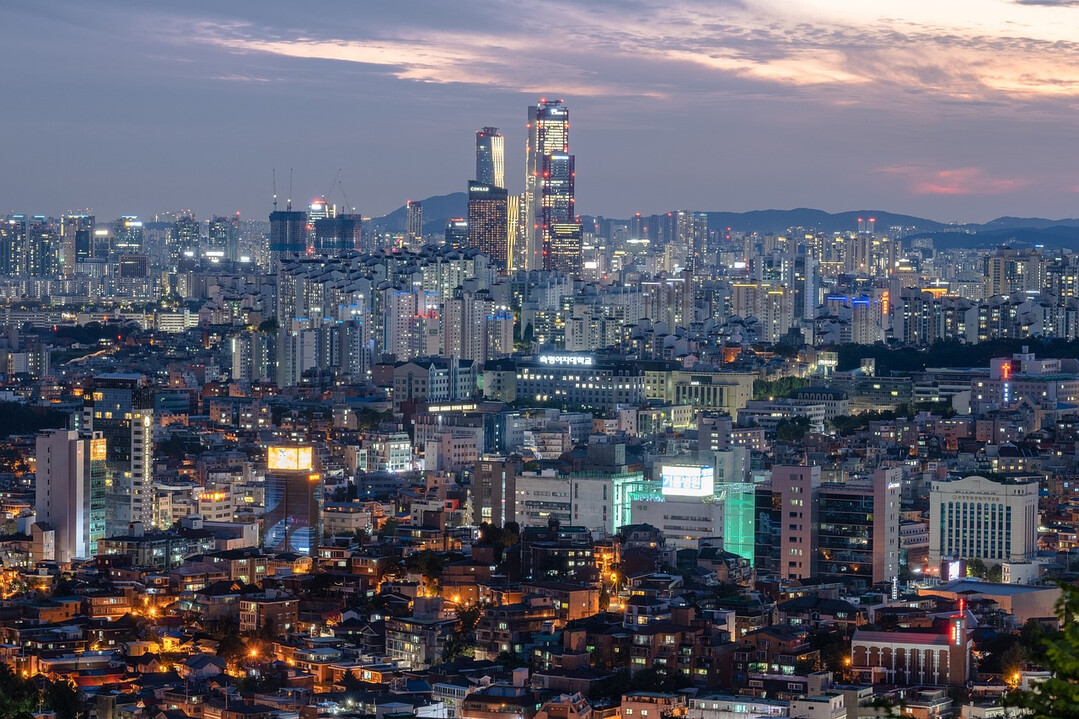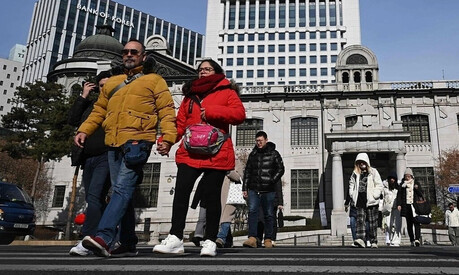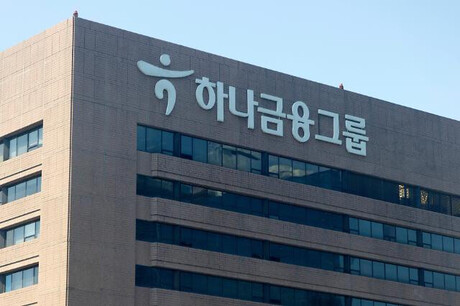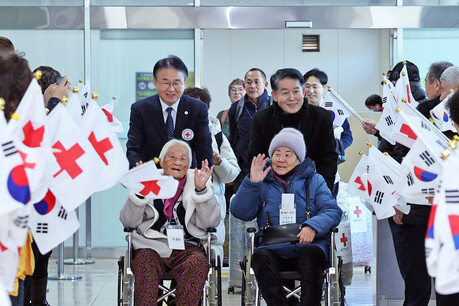
In the ‘special planning zone’ in Seoul, where no progress has been made for over 10 years, improvement measures are being promoted, such as encouraging individual projects to be carried out by lifting the zone designation. Zoning requirements will be strengthened, and revitalization measures will be prepared, such as providing floor area ratio incentives of up to 1,600% (based on commercial districts) in newly designated zones.
On the 30th, the Seoul Metropolitan Government announced that it would prepare and implement a ‘special planning area maintenance plan’ containing these contents.
A special planning area refers to an area among district-level planning areas where a separate development plan is created and accepted as a district-level plan because it is necessary to accept creative development plans through current design, etc. or because it is expected that it will take a long time to prepare the plan. It is usually designated when large-scale development is necessary or when several lots or households are developed together. When designated as a special planning area, construction activities (new construction, expansion, etc.) on individual lots are restricted.
As of the end of 2022, there are 588 special planning areas designated and managed by Seoul City. Representative examples include Gangnam COEX, Yongsan Electronics Market area, and Jamsil Stadium. The area of these major sites alone is 14 million m2, which is 4.6 times the area of Yeouido.
The number of special planning areas, which numbered 164 in 2002, continued to increase as the city center aged. On the other hand, contrary to the purpose of zone designation, there are many places where project progress is slow. Currently, 325 of the 588 designated locations, or 55%, have stopped carrying out projects, and 24% of the total are in long-term unpromoted areas that have been in place for more than 10 years since zone designation.
The Seoul Metropolitan Government's policy is to reorganize the special planning area through this maintenance plan. Among the existing areas, areas where no project has been carried out for more than 10 years or where the purpose of development is unclear are planned to be converted from ‘special planning areas’ to ‘special planning areas’. Special planning areas are subject to a designated validity period of 3 years. Afterwards, the zone designation will be lifted and converted into a general area, allowing individual construction activities.
Requirements for designating special planning areas become more stringent. A city official said, “From now on, we plan to designate new areas as special planning zones only when the business plan is clear,” and added, “We plan to secure statutory consent requirements under individual laws such as the Housing Act, Building Act, and Provincial Government Act to ensure business feasibility.” However, we plan to provide various incentives to new special planning areas designated through strict procedures. Height restrictions by region and floor area ratio by use will be relaxed up to ‘up to 200% of the standard’, which is the legal upper limit.
In order to speed up project implementation, the deliberation process will also be simplified. The plan is to allow the project to be promoted only through deliberation by the Joint Urban Architecture Committee without holding an urban planning committee. A city official said, “This plan will be implemented immediately from the establishment of a new district unit plan, and related procedures, such as public notices for cancellation and conversion, will be carried out for reorganization of existing special planning areas by the end of the year.”
[Copyright (c) Global Economic Times. All Rights Reserved.]





























